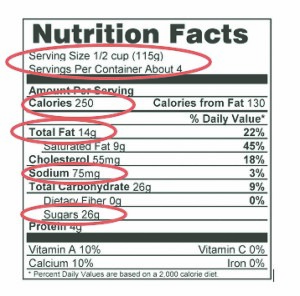Saving our culture: A Nutritional Overview, part 3 of 3


 The consumption of large amounts of sodium is a major risk factor for developing high blood pressure better known as the “silent killer.” The use of salt needs to be limited to only a dash or pinch added to food for further flavor enhancement.
The consumption of large amounts of sodium is a major risk factor for developing high blood pressure better known as the “silent killer.” The use of salt needs to be limited to only a dash or pinch added to food for further flavor enhancement.